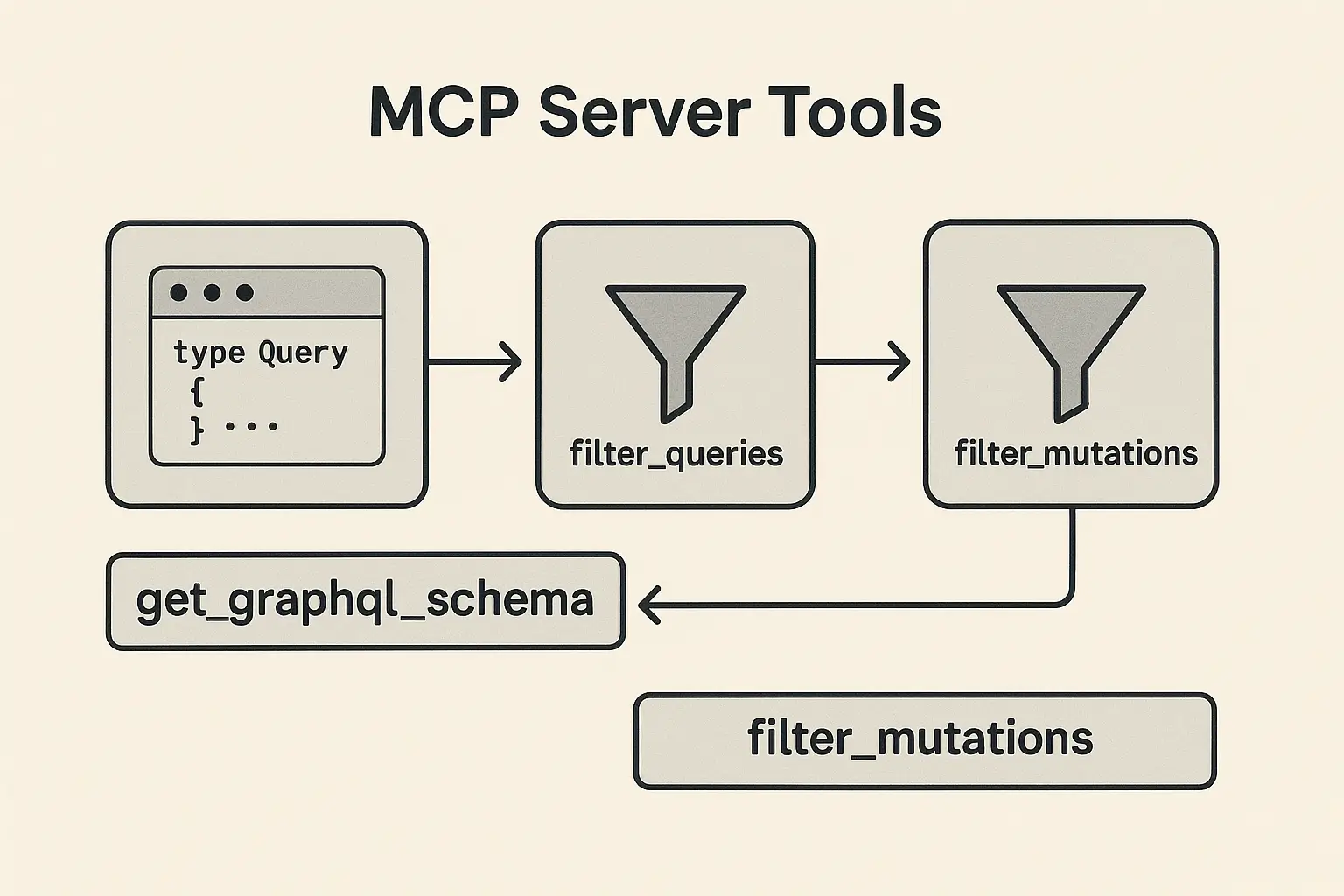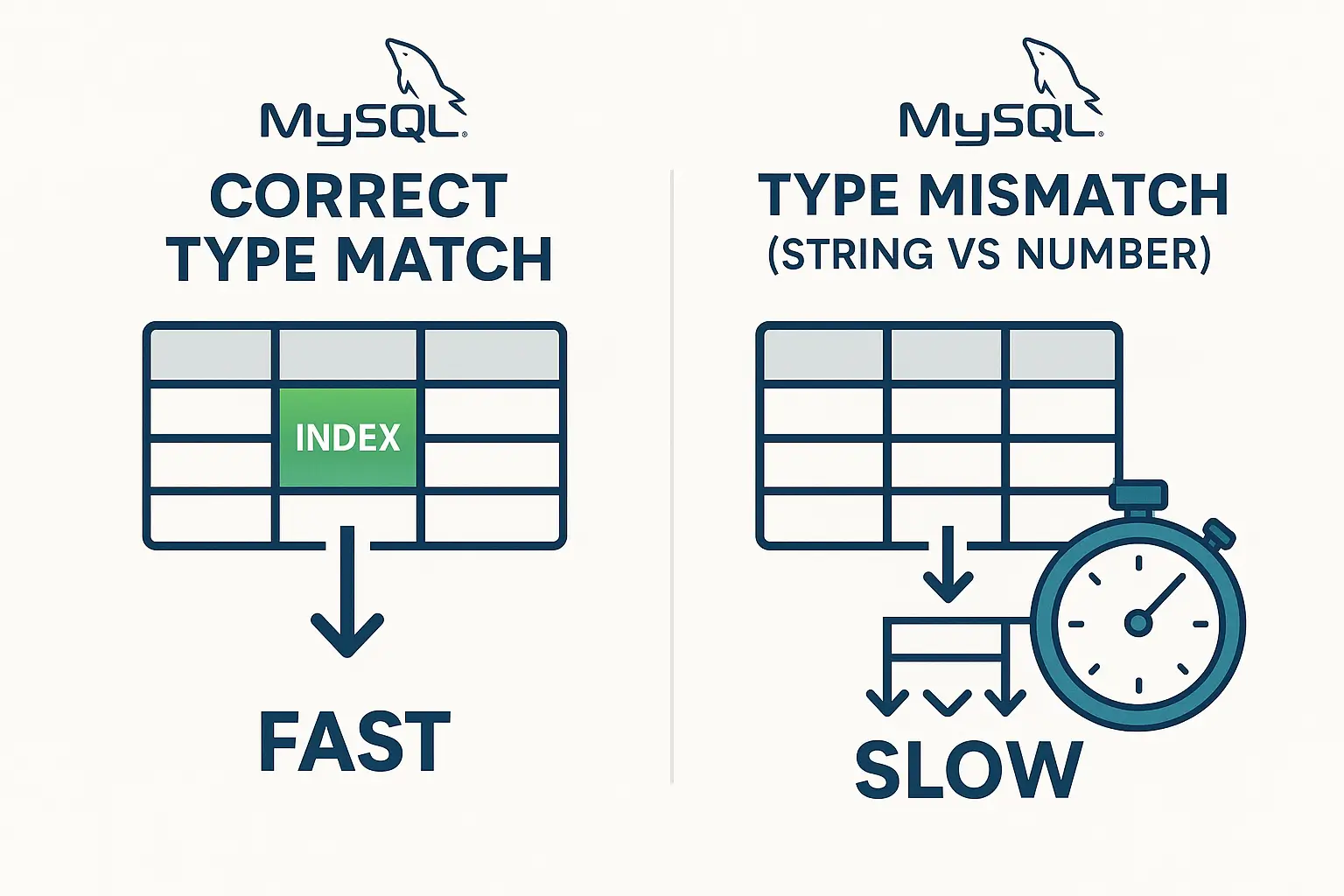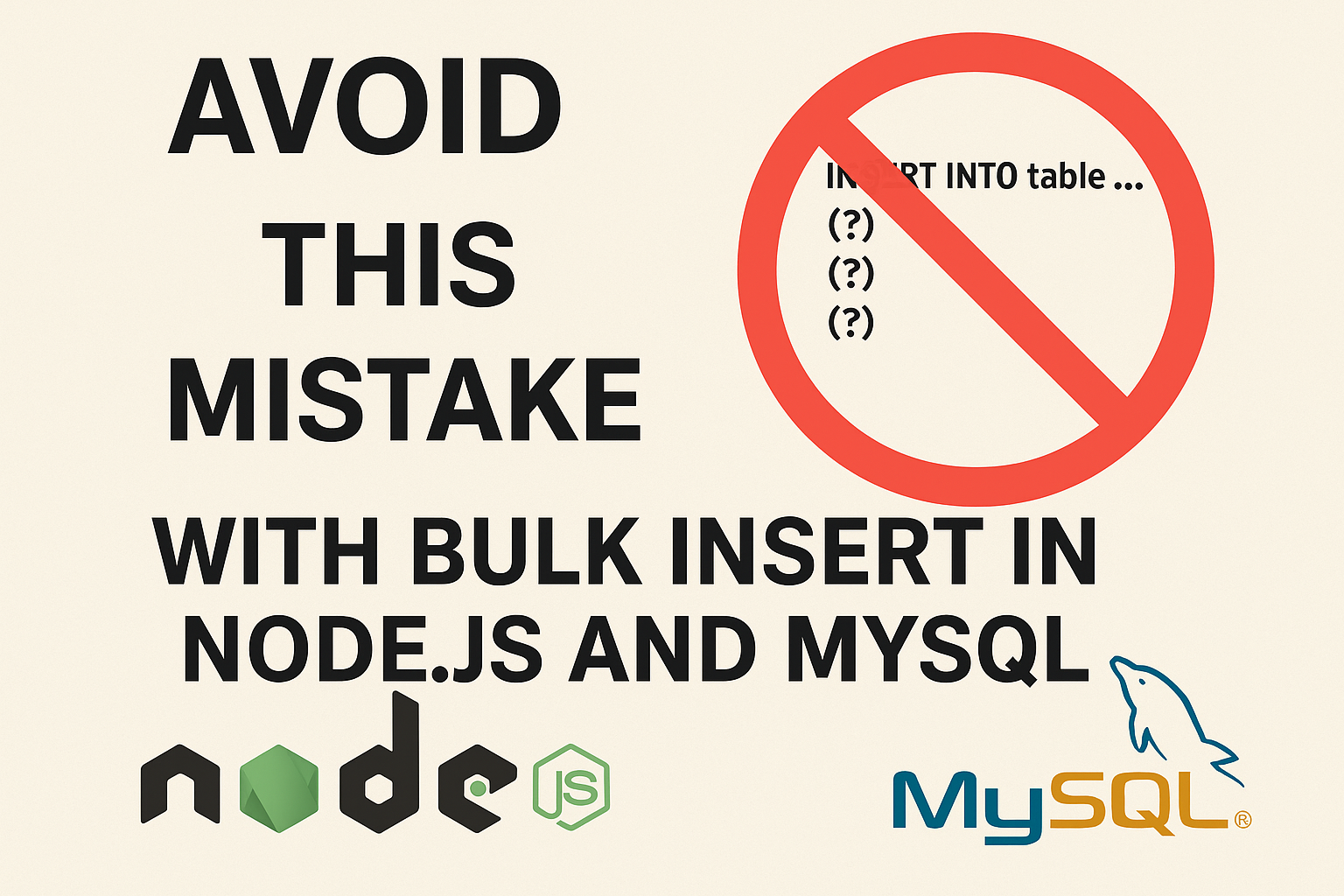The 3 Most Popular Programming Paradigms in Modern Development
Choosing the right programming paradigm can transform how a software application is structured and maintained. In this guide, we’ll explore the three most popular paradigms: Object-Oriented Programming (OOP), Functional Programming (FP), and Event-Driven Programming (EDP). Each section highlights core principles, examples, use cases, pros, and cons to help you decide which paradigm best suits your next project.
Table of Contents
1. Object-Oriented Programming (OOP)
Object-Oriented Programming (OOP) organizes code into “objects,” combining data (attributes) and functionality (methods) in a modular way. OOP promotes code reuse, easy maintenance, and abstraction.
Key Concepts in OOP
- Classes and Objects: Classes are blueprints for creating objects, which are instances of classes.
- Encapsulation: Bundles data and methods into a single unit, reducing external dependency.
- Inheritance: Allows new classes to inherit properties and methods from existing ones.
- Polymorphism: Lets objects behave differently based on their data or class type.
OOP Example in Python
Python’s straightforward syntax makes it ideal for implementing OOP concepts.
class Car:
def __init__(self, brand, model):
self.brand = brand
self.model = model
def drive(self):
print(f"The {self.brand} {self.model} is driving.")
# Creating an instance
my_car = Car("Toyota", "Corolla")
my_car.drive()Use Cases for OOP
- Web Applications: Frameworks like Django and Ruby on Rails use OOP to structure scalable, maintainable web apps.
- Game Development: Game engines like Unity use OOP to model characters, objects, and environments.
- Desktop Software: Complex GUIs, such as Microsoft Office applications, often rely on OOP.
Pros and Cons of OOP
Pros:
- Scalability: Code is modular and reusable, making it easy to expand.
- Easy Maintenance: Organized structure simplifies debugging and updating.
- Abstraction: Simplifies complex problems through classes and objects.
Cons:
- Complexity: OOP can overcomplicate simple projects with unnecessary structure.
- Resource-Intensive: Objects may consume more memory than functional code.
- Inflexibility: Inheritance-based hierarchies can be difficult to modify.
2. Functional Programming (FP)
Functional Programming (FP) is a paradigm that treats computation as the evaluation of functions and emphasizes immutability and pure functions. FP is known for enabling concurrent and parallel processing, which improves reliability and scalability.
Key Concepts in FP
- Pure Functions: Functions that return the same output for the same input with no side effects.
- Immutability: Data cannot be changed once created, promoting predictable behavior.
- First-Class Functions: Functions are treated as values, so they can be passed around and returned.
FP Example in JavaScript
JavaScript’s support for higher-order functions makes it a popular choice for functional programming.
// Pure function example
const add = (a, b) => a + b;
// Higher-order function
const multiplyAndAdd = (x, y, func) => func(x * y, x + y);
console.log(multiplyAndAdd(2, 3, add)); // Output: 11Use Cases for FP
- Data Processing: FP languages like Haskell and frameworks like Apache Spark are used for processing large data sets.
- Concurrent Applications: FP supports concurrent systems (e.g., Elixir and Scala for web apps).
- Complex Calculations: Great for applications that require reliable and testable code.
Pros and Cons of FP
Pros:
- Modularity: Pure functions are self-contained, making them reusable.
- Ease of Testing: Testing is simpler since pure functions lack external dependencies.
- Concurrency: Immutability and lack of side effects improve safety in concurrent applications.
Cons:
- Learning Curve: FP concepts like immutability and pure functions can be challenging for beginners.
- Verbose Syntax: FP code can become verbose, especially for complex applications.
- Performance Overhead: Immutability may lead to performance overhead due to frequent data copying.
3. Event-Driven Programming (EDP)
Event-Driven Programming (EDP) focuses on reacting to events—such as user interactions or system signals. EDP often uses an event loop that listens for events and triggers corresponding functions.
Key Concepts in EDP
- Event Loops: A loop constantly listens for events, allowing asynchronous processing.
- Event Handlers: Functions triggered by specific events, such as clicks or system signals.
- Asynchronous Processing: Handles I/O operations and user inputs without blocking the main thread.
EDP Example in Node.js
Node.js is widely used for event-driven programming due to its non-blocking I/O model.
const http = require('http');
const server = http.createServer((req, res) => {
if (req.url === '/') {
res.write('Hello, World!');
res.end();
}
});
server.listen(3000, () => {
console.log('Server is listening on port 3000');
});Use Cases for EDP
- Real-Time Applications: Used in chat applications, gaming, and IoT.
- Serverless Functions: Cloud services like AWS Lambda trigger code based on events.
- User Interfaces: Frontend frameworks like React rely on EDP for interactive, responsive UIs.
Pros and Cons of EDP
Pros:
- Responsive: Ideal for real-time, interactive applications.
- Resource Efficient: Asynchronous processing optimizes resource usage.
- Scalable: Suited to cloud and serverless architectures.
Cons:
- Complex Debugging: Asynchronous event handling can complicate debugging.
- Resource Leaks: Mismanaged events can lead to memory leaks or unresponsive systems.
- Latency Issues: Event handling can introduce latency if not managed properly.
Choosing the Right Programming Paradigm
Each of these paradigms has strengths and limitations, making them ideal for different types of applications:
- OOP: Great for applications with complex data models, like web apps and games.
- FP: Best for parallel processing, data transformations, or predictable, testable code.
- EDP: Ideal for applications that need real-time interactivity, like chat apps or serverless functions.
Final Thoughts
Understanding these paradigms empowers developers to write efficient, scalable code. Each paradigm brings a unique approach to solving problems, and many modern applications blend them to leverage their respective strengths. Exploring and experimenting with these paradigms can enhance your problem-solving skills and expand your programming toolkit.





